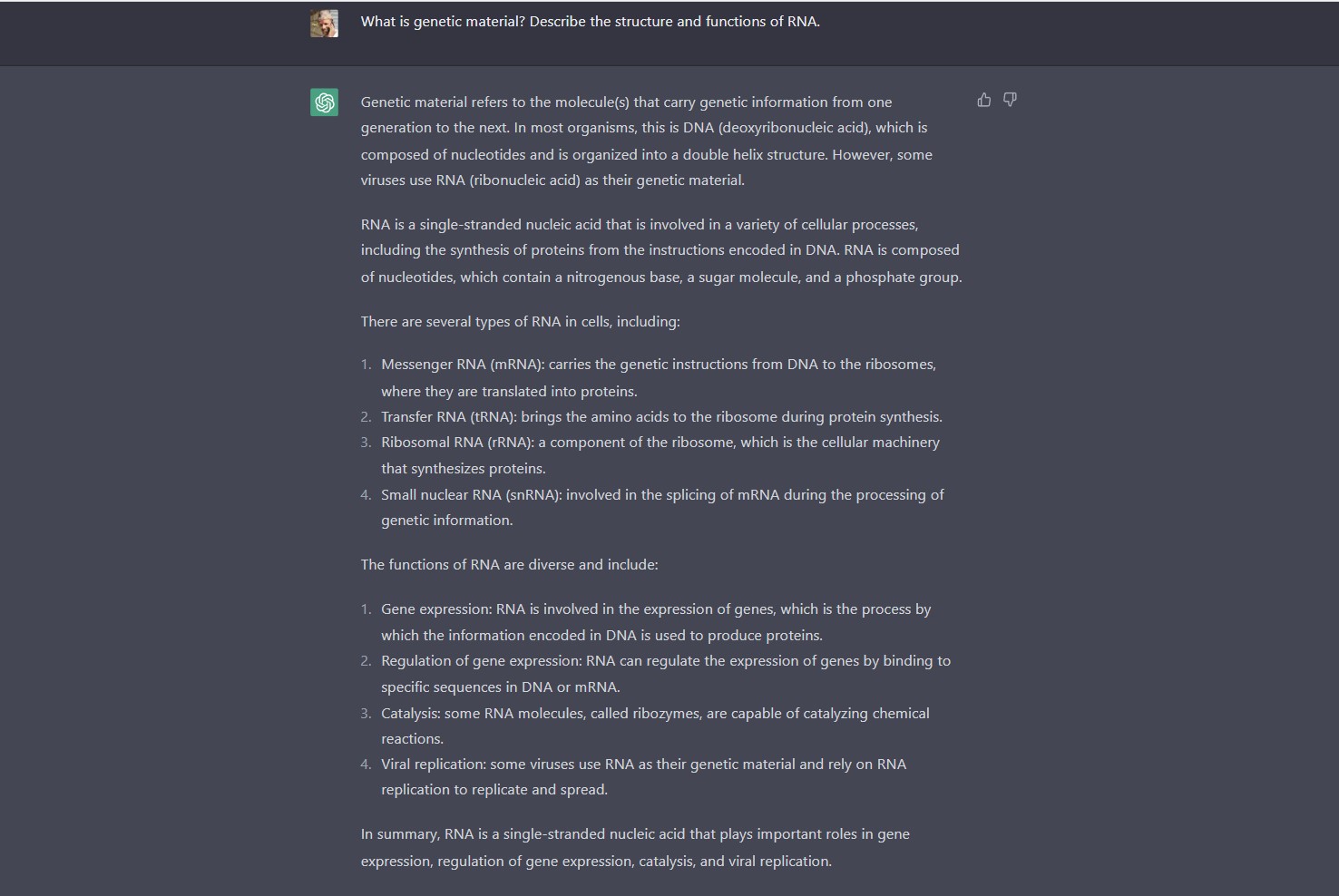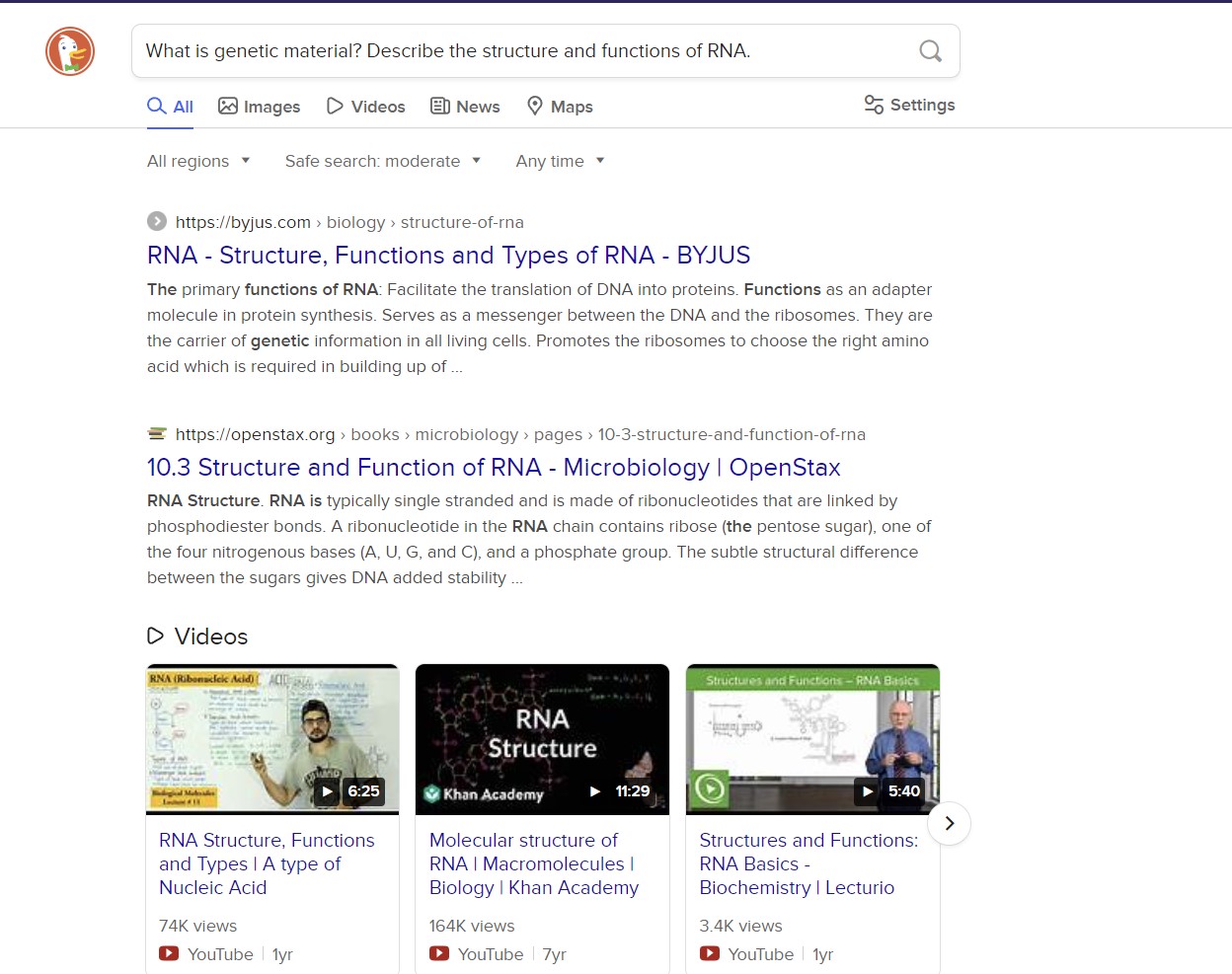AI advancement are raising serious concern in the academic sector, especially in this frenzied chatbot era. ChatGPT, a viral AI-powered chatbot, became the best cheating partner of students immediately after its launch last November.
Because of its ability to complete school assignments, OpenAI’s tool soon became popular among students in particular.
Also Read: Microsoft Unveils AI Tools to Improve Education
And ChatGPT isn’t the only tool; there are now a wide range of AI-powered chatbots available which can complete school tasks such as writing essays, poetry, or even coding for IT students.
Teaching and learning change over time
Demands to change the way teaching and learning are structured are now being raised – and some experts say it should be based on the technology available.
“The way we’ve thought about how to teach students has often depended on what technology was out there,” says Jon Ippolito, a new media educator.
Educational methods are changing over time, just as we saw with the boom in online learning during the COVID-19 pandemic.
The internet has long assisted the education process, with students relying on search engines to find information, sources, or background for their work. However, the emergence of generative AI is not just about finding information and presenting it in one’s own words. It can also present that information as a complete assignment.
“After we had search engines that could find facts, it was more about, how do we write up those facts and present them. But AI like ChatGPT makes the presentation really easy. It can spit out a term paper in a matter of seconds,” said Ippolito.
Student gets a ready-made answer
To test this theory, I asked a question from a biology book – and ChatGPT supplied an extremely comprehensive answer.

When the same question was posed to DuckDuckGo, a list of search results was returned, necessitating a deeper dive to find the answer.

Since AI chatbots are now widely available, students have nothing left to do after receiving a perfectly presented solution. Why use Google when you can turn to a chatbot instead?
Perhaps most alarmingly, experts say there isn’t a good way for educators to know if students are using AI chatbots to complete work.
Request for syllabus changes
The challenge of blocking or detecting the work done by AI has now come to the fore.
“The very nature of these learning technologies is that they adapt to whatever test you give them. So when you make a better detector, the AI uses that to make a better AI,” says Ippolito.
Institutions are blocking access to ChatGPT on college-owned devices, as some students try to leverage it for different subjects including math. The expert believes the solution for educators to prevent such cheating is to change assignments.
There are many ways to “change the syllabus and do things that only humans can do,” he said. “So, for example, reacting to something that just happened in class or something that’s local to your own community.”
Naturally, the new trending AI chatbot has posed fresh challenges for tracking students’ growth.
“Nobody’s got the answer at this point. We’re just figuring it out. And I think being candid with your students always goes well,” said Caleb Husmann, a professor at William Peace University.
To pretend it doesn’t exist, however, “is not the right approach” according to Lee Tiedrich, a professor at Duke Law School. Embracing ChatGPT may be a better method, she argues.
“I think we need to have a national learning moment about artificial intelligence, which is something I’ve been saying for a while, because students need to understand how it works,” she said.
The educator believes students should be trained to maximize the benefits of AI and learn more about it.
“What our students need to learn is, you know, ‘what are some of the beneficial uses? How can it help you with research? But, you know, what are the responsibilities that come with using the technology?’,” stated Tiedrich.









 and then
and then